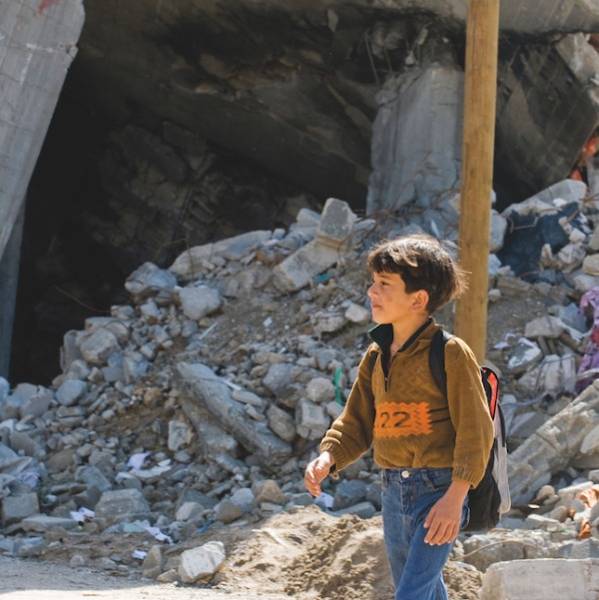In his recent book, The Last Full Measure: How Soldiers Die in Battle, Michael Stephenson explores the close up reality of conflict. He quotes a First World War veteran describing a fellow soldier reduced to a “crumpled heap of flesh”. As his friend passes away, the survivor remembers: “I saw in his remaining eye a gleam of recognition and terror.” Former Chief Petty Officer in the US Navy, Bob Page, who has spoken about his experience of post-traumatic stress disorder (PTSD) used similar language when describing his involvement in the Iraq war: “I don’t guess you ever forget somebody who dies holding your hand looking at your face.”
The western world has spent the last decade engaged in multiple wars in the Middle East, so it should come as no surprise that a significant number of veterans are traumatised. PTSD is a psychological condition that develops after a traumatic event. The symptoms can be completely debilitating, including frequent flashbacks, insomnia, difficulty with social events, and extreme anger. A 2011 report suggested that one in five veterans of the Iraq and Afghanistan wars were affected. The latest report, released today by the British organisation ForcesWatch, found that those who joined the army at 16 were more likely to suffer from the condition. In October 2012, US figures showed that combat veterans suffering from PTSD were far more likely to commit crimes and be imprisoned than those who did not.
The condition was first acknowledged after World War One, when many men were diagnosed with “shell shock”. This response to the trauma of war was seen as shameful; something to be hidden. Over the years, something of this attitude has remained. Many Americans who fought in the Vietnam War were left highly traumatised. The scale of the problem was not acknowledged by the army. The results are starkly obvious: an estimated 223,000 Vietnam veterans are in prison.
Even as warfare has evolved – for instance, using unmanned aerial vehicles rather than pilots to drop bombs, reducing the risk to the soldier’s life – combat PTSD has continued, and has changed with the times. Some analysts point to the increase in guerrilla warfare, seen in the Vietnam War, and terrorism, in Iraq and Afghanistan, and the uncertainty of not knowing who the enemy is. Others suggest the negative public perception of wars as a contributing factor. In the two world wars, soldiers were confident that they had the full backing of everyone back at home. Those fighting in Iraq or Afghanistan do not have that luxury, given big public protests and continued debate over the validity of the wars.
It may not be true that instances of combat-related PTSD have increased over the years, but it has certainly evolved. Not every soldier will develop the condition, but the proportion that do is significant. (A 2007 study, looking at the US, found that around 25 per cent of soldiers who had been in Iraq or Afghanistan received mental health treatment). Various charities, such as Combat Stress and PTSD Resolution, work with the armed forces to provide support. But there is still a problem with people coming forward for treatment: many feel ashamed and do not want to seek help.
Few people ever have cause to consider the gritty, bloody reality of being at war. To be traumatised by watching others die, inflicting acts of violence, and knowing that your own life is in danger, is fundamentally human. However far the techniques of ground warfare evolve, it is unlikely – and even undesirable – that this truth will change. The psychological trauma of war is not going to disappear, making it particularly important that the problem is acknowledged and treated.

